You will find several metal options for decorative purposes. The most common metals are aluminum and stainless steel. Both of these metals stand out for their unique properties. Some consider stainless steel a reliable decorative metal, while others favor aluminum. So, a strong debate arises over aluminum vs stainless steel.
Due to their different compositions, both metals vary in many aspects. So, Knowing the distinction between them is crucial before their final selection. Are you finding it difficult to choose between aluminum and stainless steel? Worry not! This article will help you by discussing their main differences. So, let’s get started!
Aluminum vs Stainless Steel: Key Differences!
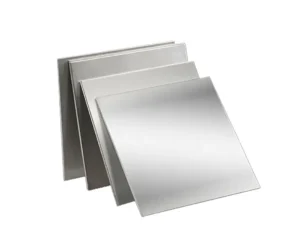
As I said above, aluminum and stainless steel offer unique properties, making it confusing to choose the best option. However, a thorough distinction between both metals can make the decision easier. So, let’s explore the main differences between aluminum and stainless steel.
1- Weight and Handling
This is the main difference between stainless steel and aluminum. If we debate aluminum, it is lightweight. WHY? The reason lies in its lower density, which is about 2.7 g/cm³. Lower density means its atoms are loosely packed, which makes it lightweight. The lightweight directly makes aluminum easier to handle.
Its fabrication process is effortless, and it is also very easy to transport to distant areas. On the flip side, stainless steel is a heavy metal. The main reason is that it is an alloy that contains iron, chromium, nickel, and carbon. All these added metals make its density higher, about 8.0 g/cm³. As a result, it is more challenging to handle and transport stainless steel.
2- Corrosion Resistance
Both aluminum and stainless steel offer corrosion resistance. However, the extent of corrosion resistance varies between the two metals. For example, when aluminum is exposed to air, it forms an oxide layer. This oxide layer protects the metal from further corrosion. But remember, this layer peels off and damages the surface in harsh, acidic conditions.
On the reverse side, stainless steel provides excellent corrosion resistance. WHY? The reason lies in its significant chromium content, which is about 10.5%. When exposed to air or acidic conditions, chromium forms an oxide layer. This layer acts as a shield and protects the metal. Moreover, the oxide layer is self-repairing, which reforms in case of rupturing.
3- Strength and Durability
In terms of strength and durability, stainless is a clear winner. HOW? As I said above, it is a mixture of iron, chromium, and nickel. All these metals make it harder and more rigid and impart significant strength. Moreover, stainless steel possesses higher tensile strength. This means it is more durable and can withstand heavy force without breaking.
On the inverse side, aluminum is a lightweight metal. As I said above, it has a lower density. Therefore, it is flexible, softer, and contains less tensile strength. This means it cannot withstand heavy loads and breaks on extreme bending. Moreover, aluminum is more prone to dents due to its delicate nature, making it less durable for long-term use.
4- Maintenance
Both aluminum and stainless steel offer different maintenance levels. For example, aluminum may require more maintenance. WHY? The first reason is its softer nature, which makes it more prone to dents. Moreover, the oxide layer often appears on the surface, dulling its appearance. Therefore, regular cleaning is required to maintain its original look.
On the flip side, stainless steel offers low maintenance requirements. Hard surfaces make it rust-resistant and less prone to scratches and dents. Furthermore, the formation of a dull oxide layer is less common in stainless steel. It means it can maintain its shiny look for a long time. However, the chances of fingerprints are higher. So you should clean it with soft detergents frequently.
5- Thermal Conductivity
Thermal conductivity determines how well a material can transfer heat. Aluminum and stainless steel vary in this regard. For instance, aluminum possesses higher thermal conductivity, about 205 W/mK. The reason lies in the loosely packed atoms, which contain more free electrons. These electrons quickly transfer heat from one end to another.
Conversely, stainless steel has 16 times less thermal conductivity, around 15 W/mK. This is due to its tightly packed atoms, which do not contain free electrons. Thus, it does not transfer heat more effectively. But remember, once stainless steel is heated, it retains the heat. In simple words, stainless steel does not cool and heat quickly.
6- Malleability and Workability
Malleability refers to the ability of metals to bend into sheets without breaking. If we debate over aluminum, it is a highly malleable metal. It is lightweight, soft, and flexible, so you can easily bend, cut, and shape aluminum. This highly malleable nature also makes the aluminum workability effortless. You can machine it into complex shape products with simple tools.
Contrarily, stainless steel is a rigid metal compared to aluminum. It has a strong and uniform crystalline structure. Therefore, stainless steel is less malleable than aluminum. It means you cannot easily bend it into sheets. Moreover, specialized tools are required to work with it. In this way, the stainless steel fabrication process is challenging and time-consuming.
7- Temperature Resistance
Both aluminum and stainless steel behave differently in cold and hot conditions. For instance, aluminum has a lower melting point, around 660°C, which melts quickly over extreme temperatures. Thus, aluminum is not suitable for high-temperature applications. However, in cold conditions, aluminum is a reliable option. It does not contract and breaks below -50°C (-58°F).
In contrast, stainless steel is highly temperature resistant. Its melting point is 1400-1500°C, so it does not melt quickly. Therefore, stainless steel maintains its structural integrity at extreme temperatures. But if we talk about behavior in low temperatures, stainless steel is not suitable. Its lower grades become brittle and break at minus temperature.
8- Impact Resistance
Impact resistance shows to what extent a material can absorb heavy forces. In simple words, it indicates a metal’s resistance to dents. Stainless steel is highly impact-resistant. This means dropping it from a height or applying heavy loads does not cause dents on its surface. The reason is that stainless steel is heavier and rigid, which absorbs shocks and forces.
On the flip side, aluminum is less impact-resistant. The reason lies in its delicate nature. As I said above, aluminum is soft, so a slight force can cause severe damage to the surface. However, due to its flexible nature, it may not break under impact but can easily bend. Therefore, aluminum is suitable for applications where bending is acceptable.
9- Surface Finish Options

With many other aspects, aluminum and stainless steel also vary in surface finish. They offer different types of finishing options. For instance, aluminum offers:
- Brushed finishing: Provides tiny and fine lines to the surface.
- Polished finishing: Gives a shiny and mirror-like appearance.
- Anodizing: makes it stronger and gives different colors.
- Mill finish: It imparts a dull, rough, and matte appearance.
On the flip side, stainless steel offers you the following finish options:
- Matte finish: A dull and rough appearance
- Bead blasted finish: Created with tiny beads bombardment
- Electropolish finish: Gives super clean and smooth appearance
- Polished: A mirror-like shiny finish
10- Cost and Affordability

The cost of both metals depends on various factors. Aluminum is a cost-effective option. Why? The first reason is its easy availability and mining. Moreover, it does not require special tools to cut and bend, which reduces fabrication costs. Lastly, aluminum is easy to maintain and handle, which reduces transport and maintenance costs.
Alternatively, stainless steel may hit your budget hard with its higher prices. Several reasons justify its higher costs. For example, stainless steel is more rigid and requires special tools for its fabrication. Moreover, other metals, such as nickel and chromium, increase costs. Finally, special coating due to high maintenance also increases its price.
Which Metal is the best Ideal for Your Project?

Choosing the right metal can make or break your project! So how would you decide which suits you the best? The section below is all about eliminating your confusion. I will share some key factors to help you choose the best option among these two metals. Let’s jump right in!
- If your project demands durability and strength, you should use stainless steel. However, aluminum is your go-to option if you aim for lightweight and easy handling.
- For outdoor decorative projects, corrosion is a crucial concern. As you know, stainless steel is highly corrosion-resistant. Hence, you should prefer it for outdoor spaces. Conversely, aluminum is a reliable choice for indoor purposes, such as for windows.
- As I said above, both metals offer different finish options. Stainless steel is a trustworthy choice if you aim for a shiny appearance. However, if you prefer several colors of finish, aluminum provides you with an anodizing.
- The fabrication process is another factor that you should consider before final selection. If you prefer easy fabrication, opt for aluminum. It is lightweight and soft, so you can cut and bend it with simple tools. However, stainless steel is a reliable option if you have special cutting tools and don’t want to compromise durability.
- Lastly, you should keep your budget in mind. If you have a large-scale project, aluminum is a cost-effective option. Due to its lightweight and soft nature, it saves transport and fabrication costs. But if you are not concerned with budget but with durability, stainless steel is an ideal choice.
Conclusion
Stainless steel and aluminum are two decorative metals. Both offer unique features. I have discussed several differences in this article that set both metals apart. For example, stainless steel is more durable and strong. It is a rigid metal and possesses high-temperature resistance. However, stainless steel costs are higher due to its challenging fabrication process.
On the flip side, aluminum is a lightweight metal. It is soft and easy to handle but less durable than stainless steel. Moreover, aluminum is less heat-resistant and corrosion-resistant. However, the main advantage of aluminum is its lower cost. It does not require added fabrication tools, saving time and expense. Lastly, for indoor decorative pieces, aluminum is the best choice.




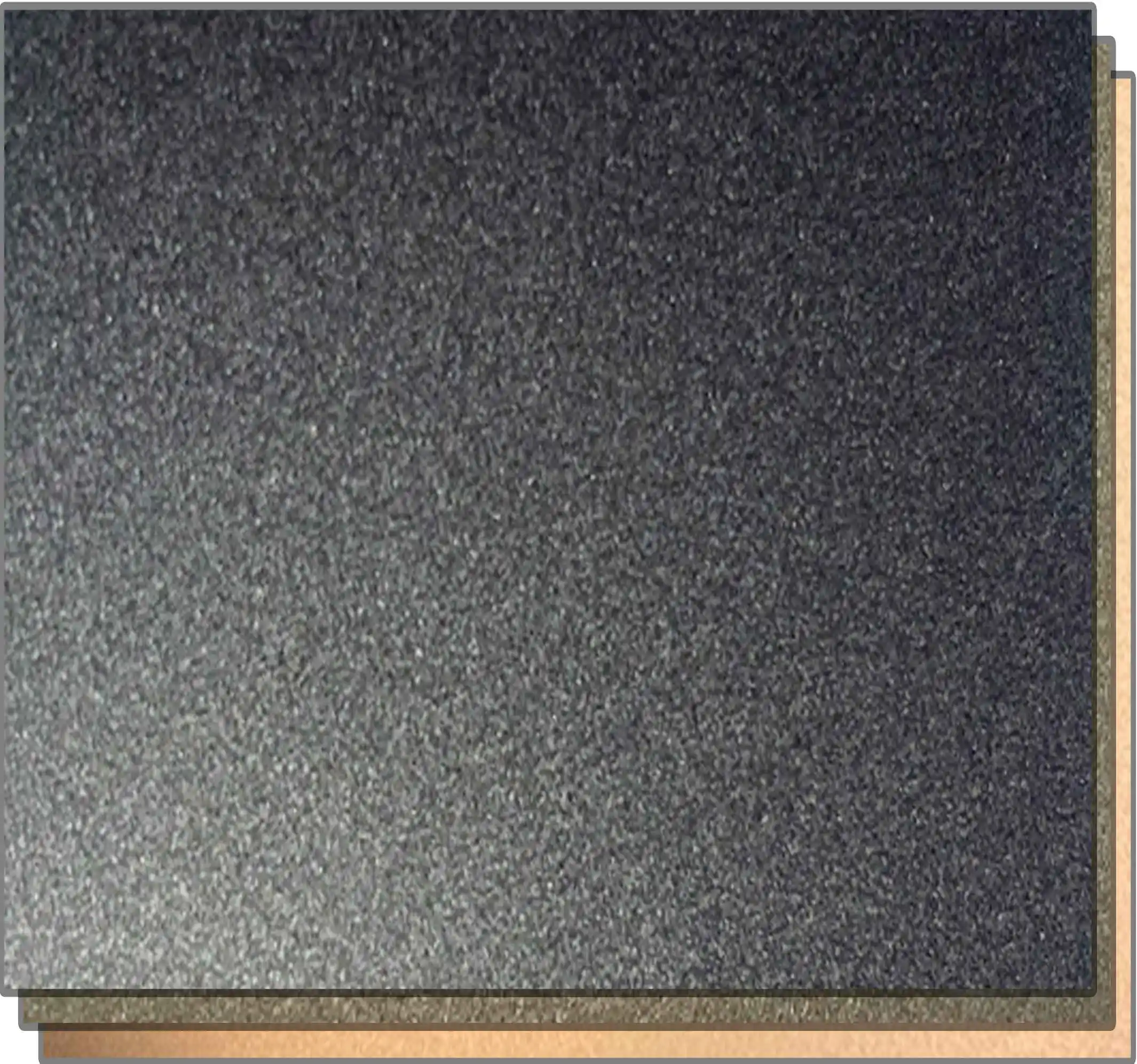
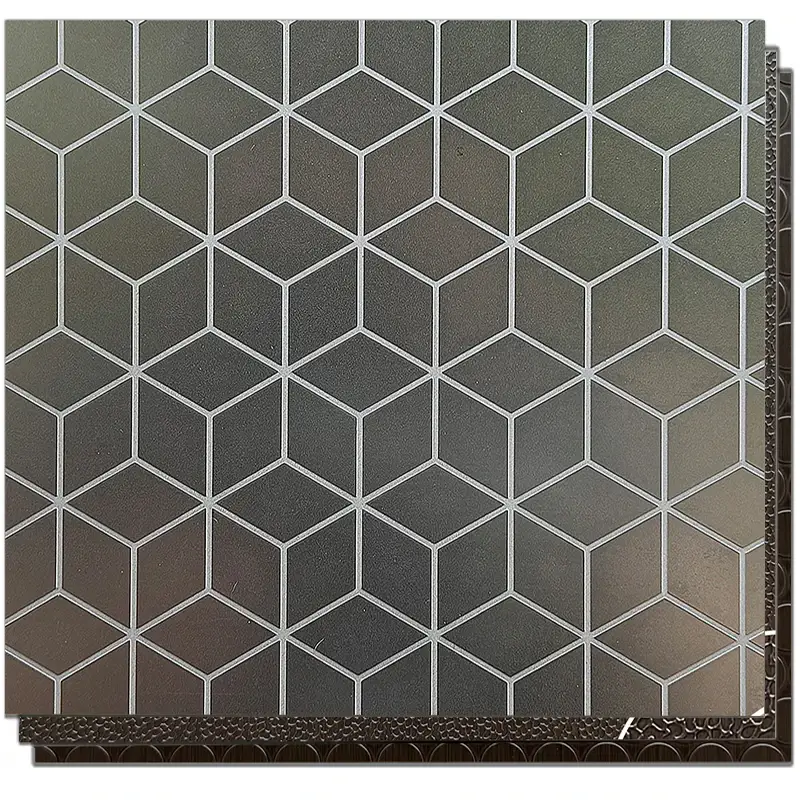



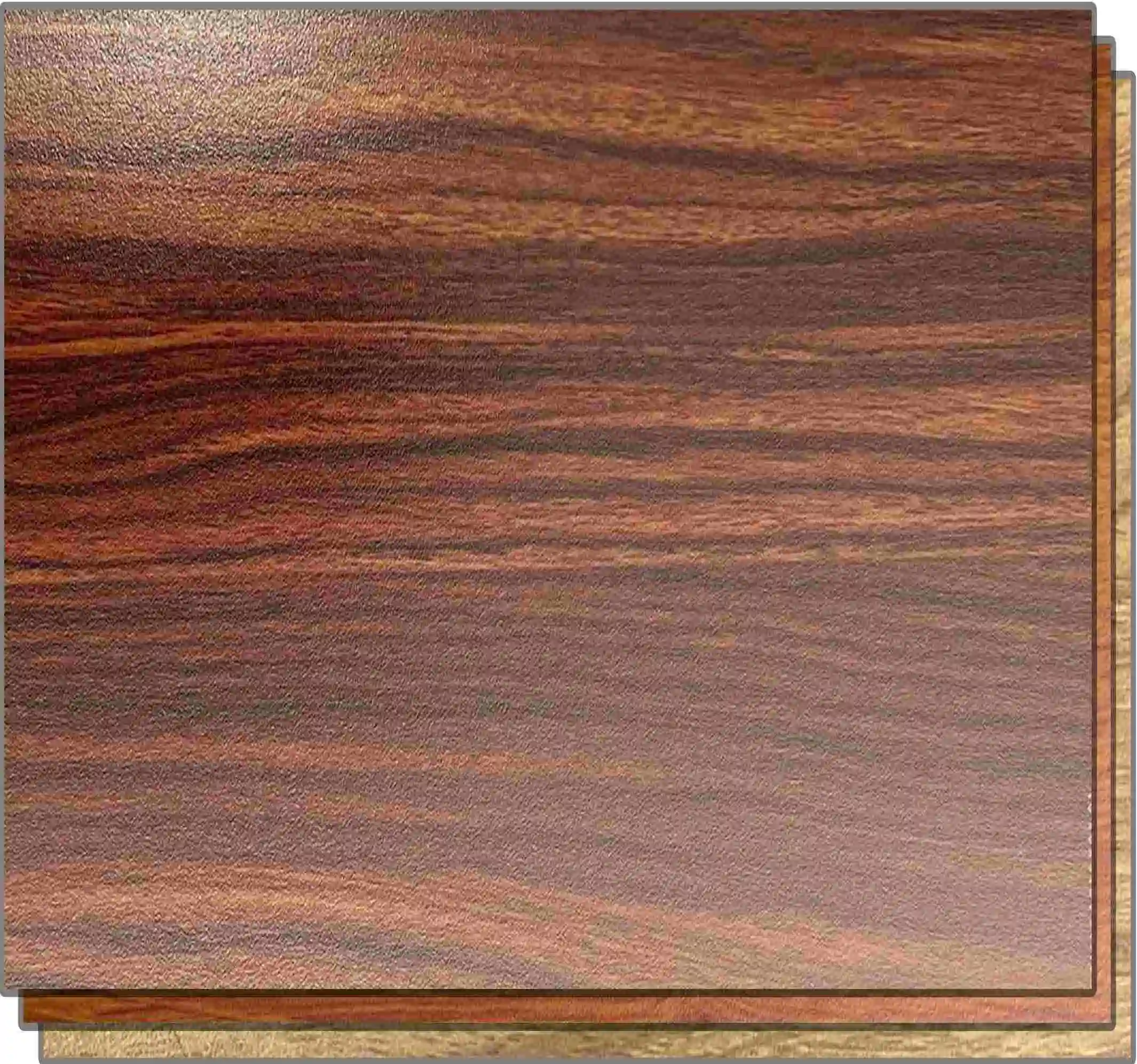
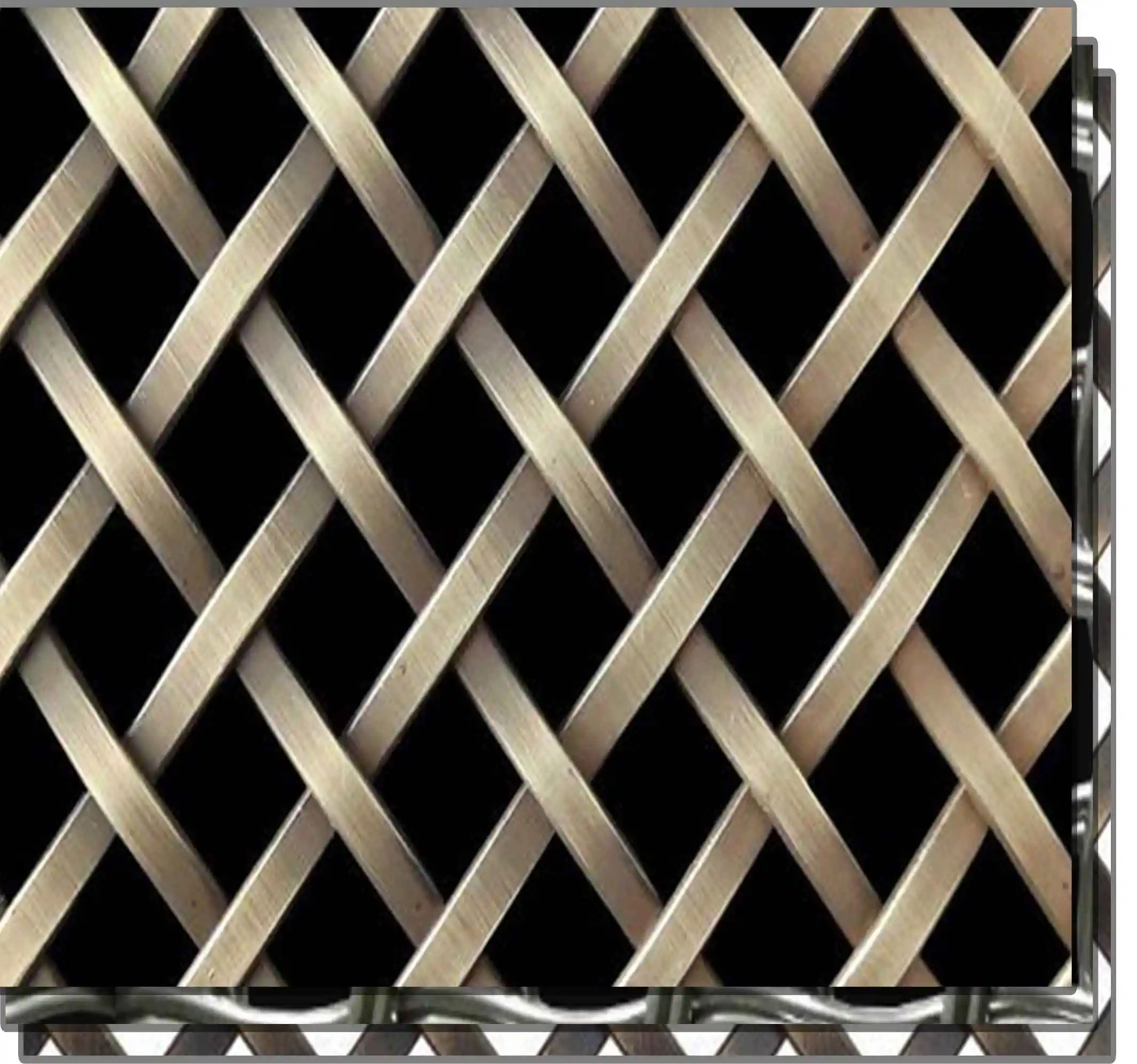
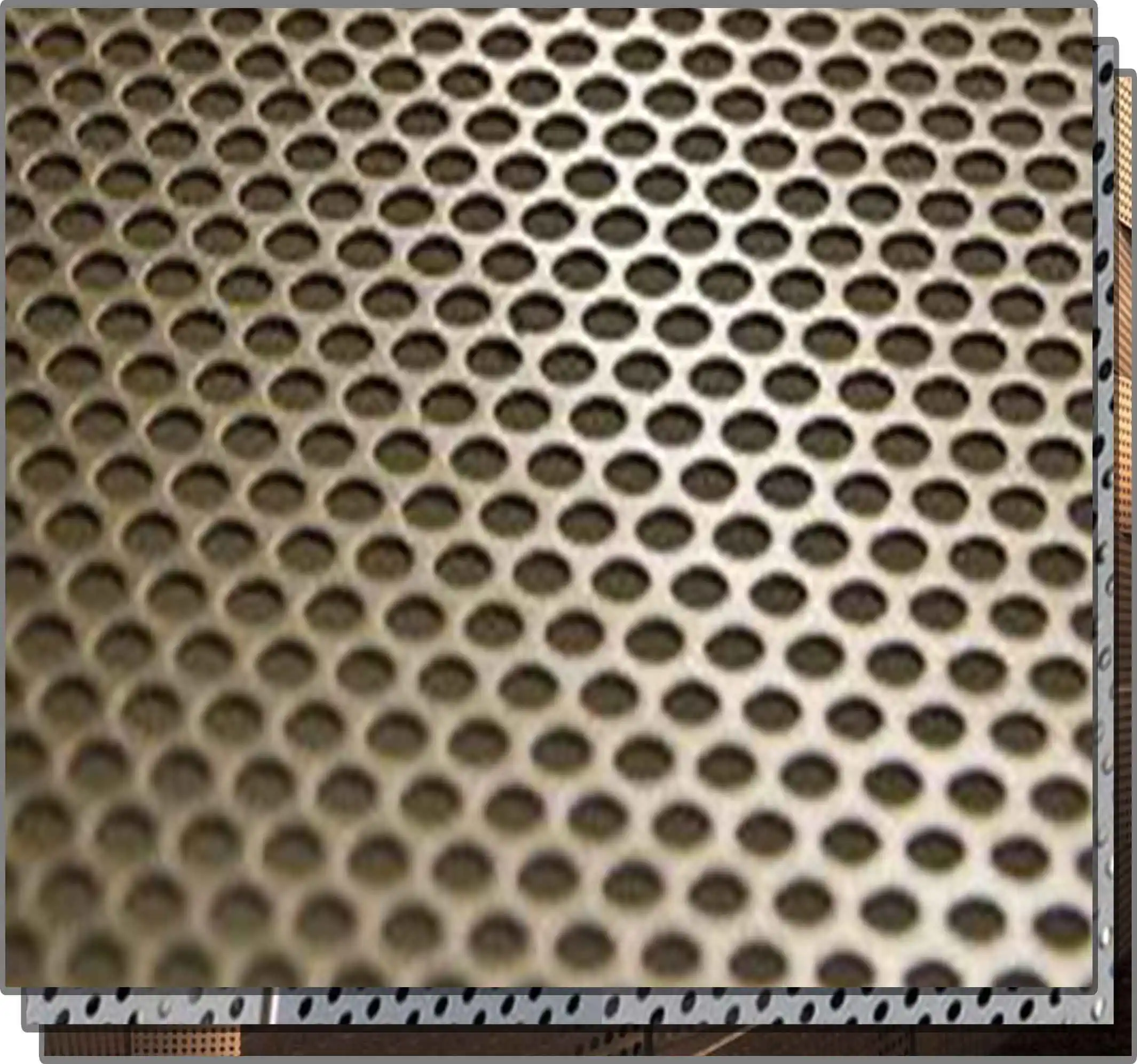







Related News
2025-03-26
2025-03-21
2025-03-15
2025-03-06